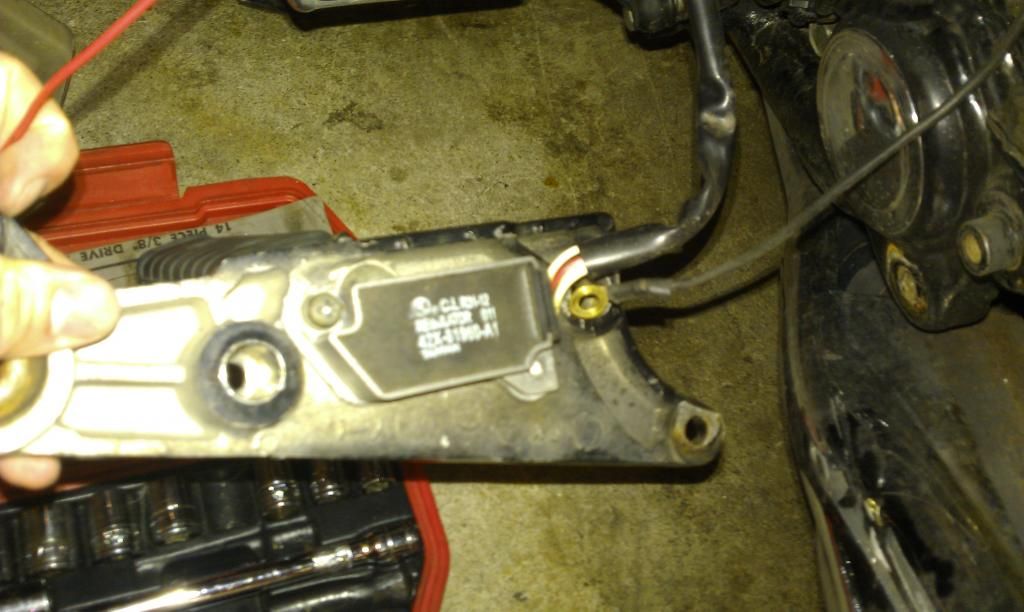yukonerdave
Well-Known Member
Hey guys. Looking for some brainstorming help
Bike had a complete electrical shut-down on me yesterday (on a bridge in rush-hour traffic, of course). Battery is reading 12.8v, and as far as I know it has been charging properly (I tested it early in the summer and has just over 14v at 3k rpm). The problem I have isolated is the top 30a fuse in the small fuse box right above the positive battery terminal. It had blown, and it fries immediately when I try to replace it. I tried replacing it with the power off and the battery disconnected, but as soon as I connected the positive wire it fried again (ignition was turned off). The other fuse in the same location seems fine.
I'm pretty new with electrical stuff but I assume this means that the system is overloaded. I don't have any clues why. Could it be a bad battery? Could the system be overcharging (not a common issue with vmax, as far as I know)? Any other ideas?
Bike had a complete electrical shut-down on me yesterday (on a bridge in rush-hour traffic, of course). Battery is reading 12.8v, and as far as I know it has been charging properly (I tested it early in the summer and has just over 14v at 3k rpm). The problem I have isolated is the top 30a fuse in the small fuse box right above the positive battery terminal. It had blown, and it fries immediately when I try to replace it. I tried replacing it with the power off and the battery disconnected, but as soon as I connected the positive wire it fried again (ignition was turned off). The other fuse in the same location seems fine.
I'm pretty new with electrical stuff but I assume this means that the system is overloaded. I don't have any clues why. Could it be a bad battery? Could the system be overcharging (not a common issue with vmax, as far as I know)? Any other ideas?






